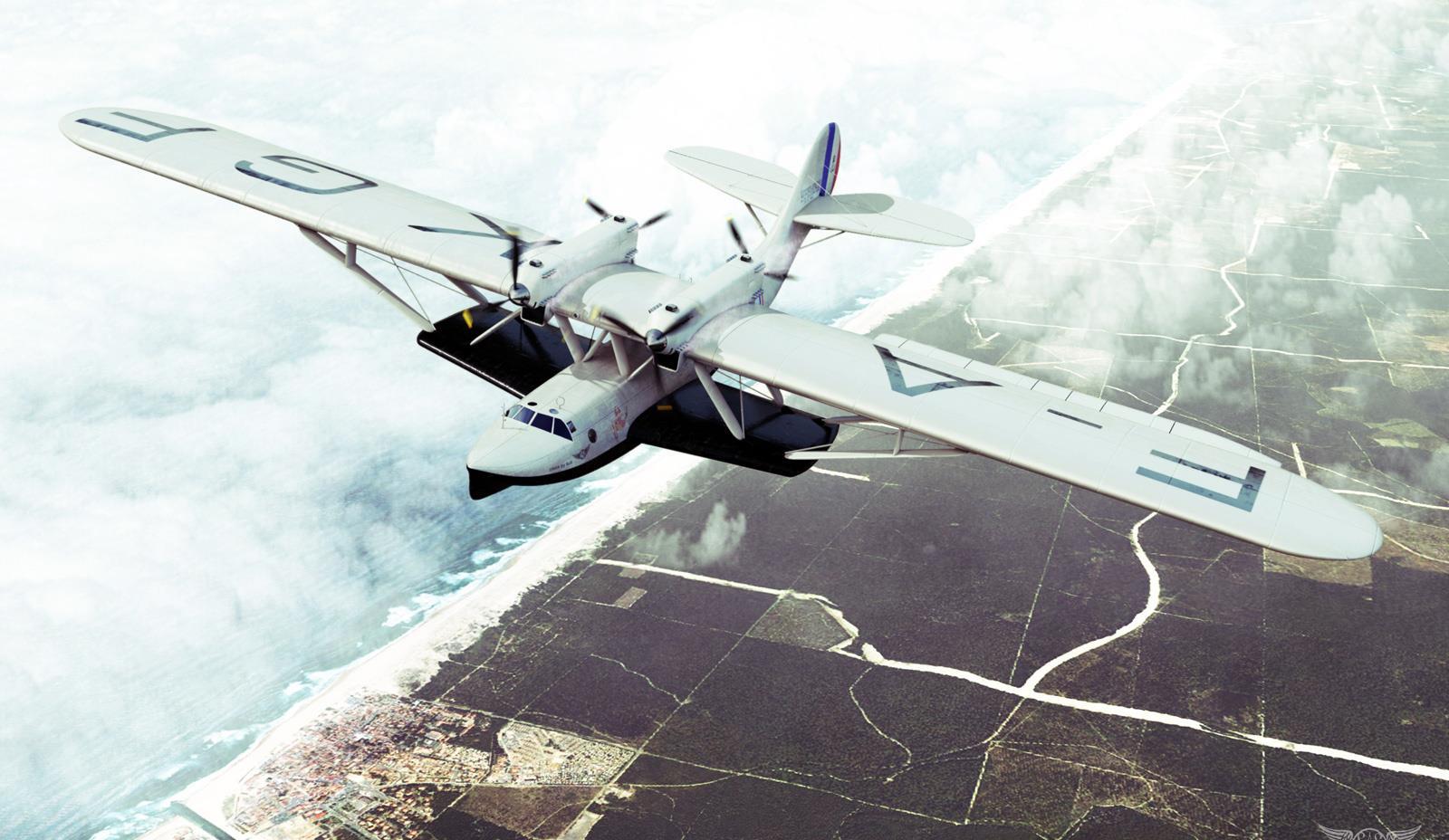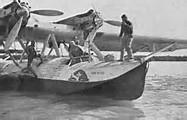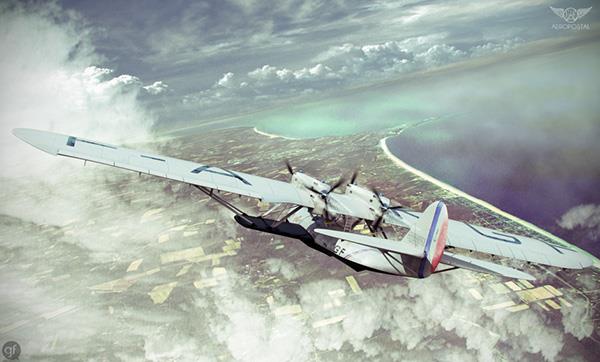A free template by Lucknowwebs.com for WYSIWYG WebBuilder 8
Powered by Sispro1-S
Nigel G Wilcox
Paragon Of Space Publication
© Copyright Reserved - United Kingdom
Ideal Screen Composition 1024 x 768
SITEMAP
SCIENCE RESEARCH
ABOUT
Desk
Supersonic
Stealth
MAIN INDEX
Sea-Air Planes
Latecoere-300
General Characteristics
Crew: 8
Length: 26.16 m (85 ft 9½ in)
Wingspan: 44.01 m (144 ft 4¼ in)
Height: 7.98 m (26 ft 2? in)
Wing area: 258 m² (2,755.6 ft²)
Empty weight: 14,340 kg (31,548 lb)
Loaded weight: 24,050 kg (52,911 lb)
Powerplant: 4 × Hispano-Suiza 12Ydrs2 V-12 water cooled, 694 kW (930 hp) each
Performance
Maximum speed: 240 km/h (xx130 knots (240 km/h), 149 mph (240 km/h)) at 2,000 m (6,560 ft)
Cruise speed: 185 km/h (xx100 knots (190 km/h), 115 mph (185 km/h))
Range: 3,300 km (1,783 nm, 2,050 mi (3,300 km))
Service ceiling: 5,000 m (xx16,400 ft (5,000 m))
Wing loading: 93.2 kg/m² (19.2 lb/ft²)
Power/mass: 0.11 kW/kg (0.070 hp/lb)
Endurance: 20 hours at 150 km/h (93 mph)
Climb to: 2,000 m (6,560 ft): 12.5 min
Armament
Guns: 1 7.5 mm (0.3 in) Darne machine gun in bow, 2 firing through beam windows
Bombs: 4 x 75 kg (165 lb) bombs
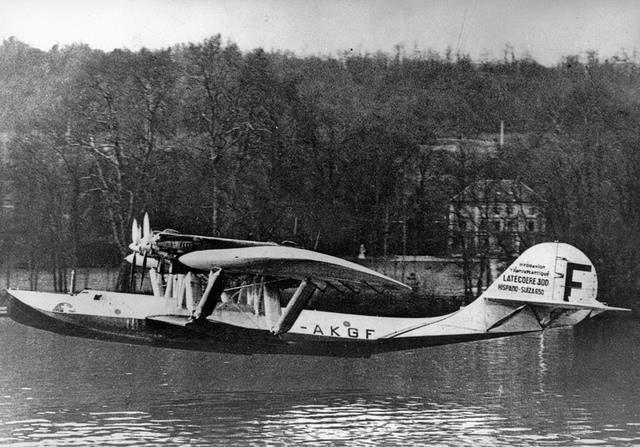
The Latécoère 300 series of aircraft were a group of civil and military flying boats. They were manufactured by French aircraft manufacturer Latécoère in the 1930s. A single Latécoère 300 was built; it was flown for the first time in 1931 and sank the same year. It was rebuilt and flown again in 1932, being named Croix du Sud.
Role: Civil and military flying boat
National origin: France
Manufacturer: Latécoère
First flight: 1931
Introduction: 1932
Primary users: Air France
French Military
Number built: 7
The 300 was a monoplane of parasol wing construction. It was powered by four engines, each of which produced 650 hp, arranged in two push-pull pairs. The 300 set an international aviation record for seaplanes on 31 December 1933, by flying 3,697 kilometers (2,297 mi) non-stop between Berre Lake near Marseille and Saint-Louis, Senegal. The aircraft then entered service for Air France, transporting mail across the Atlantic Ocean from Dakar, Senegal to Natal, Brazil. It completed 23 missions before being lost at sea on December 7, 1936. The pilot was the famous French aviator Jean Mermoz.
The civilian Laté 301, and military Laté 302 were based on the 300, with some design improvements. A total of three aircraft of each type were built between 1935 and 1936. The first of the 301s was lost, the remaining two were used in South Atlantic service until 1939. In 1939 the last remaining 301 was converted to military service, joining the 302s in patrol duties in West Africa.
Original Laté 302 aircraft had 930-hp engines, bow, beam, and engine nacelle machine gun ports, and a bomb load of 300 kilograms (660 lb). The aircraft supported a crew of four and included sleeping accommodations. Fuel and payload were stored inside the hull. The 302s and converted 301 were in service at the start of World War II, and continued in military service, flying patrols from Dakar until retired due to lack of spare parts, the last aircraft being grounded at the end of 1941.


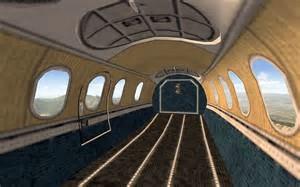
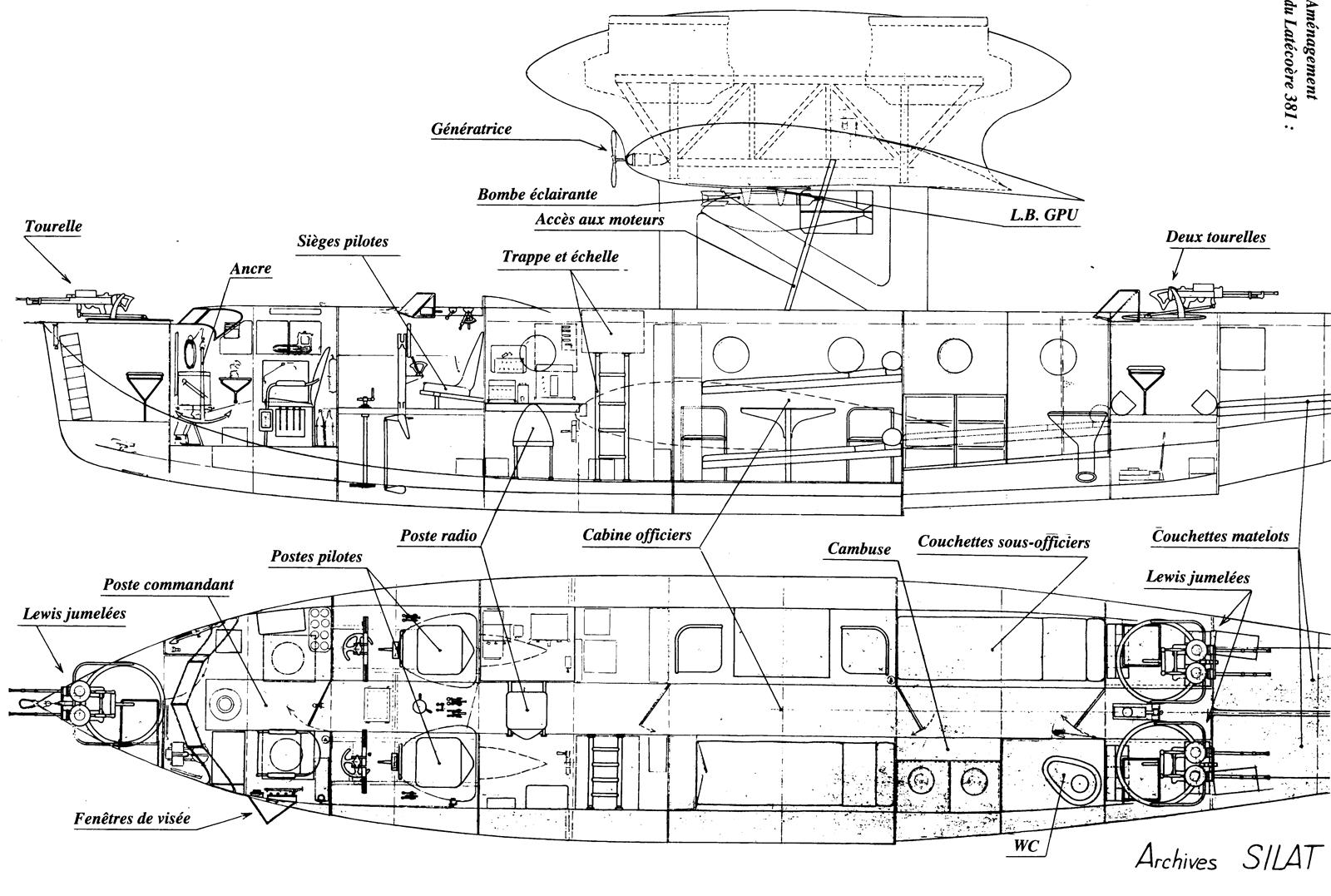
S'sonic
Stealth
Menu
Space
Transport
Menu
Topic
Menu
Study
Menu



